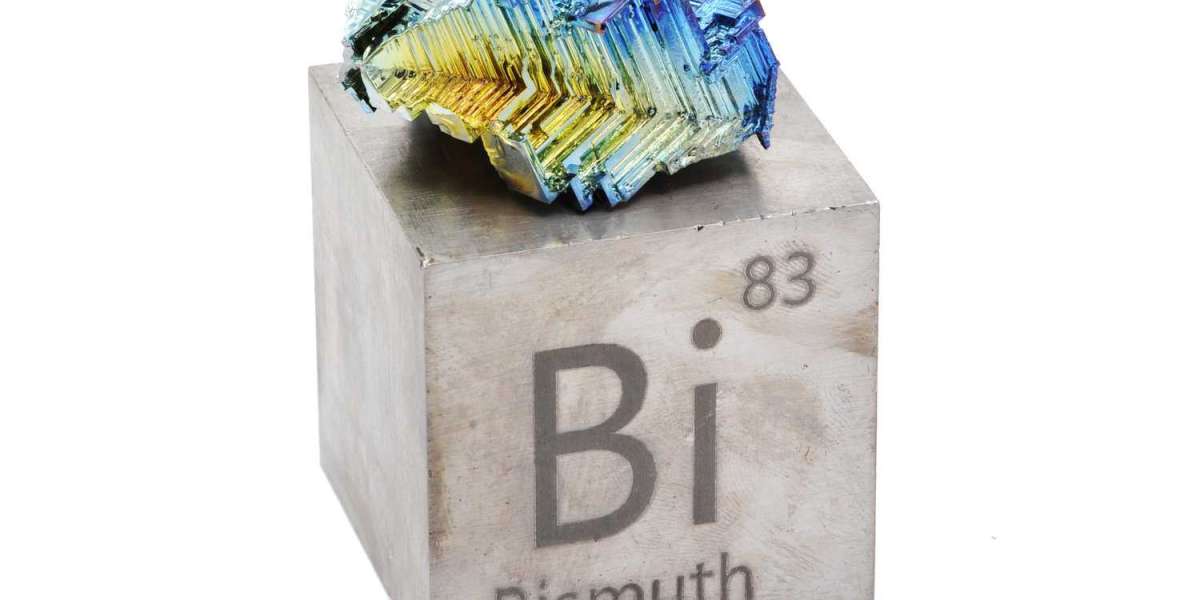The toxicity of bismuth, like that of other heavy metals, is due to its tendency to bind with thiol groups. Because thiol groups are a component of many important enzymes, the role of bismuth is to denature and disrupt the functions of these enzymes. Bismuth is toxic to all organisms that rely on these enzymes. There is almost no selective toxicity to specific cell types, and the degree of damage depends on the concentration formed in the specific organ. The nephrotoxicity of acute poisoning is evident in the early stages, as bismuth is mainly excreted through this pathway, and only 10% appears in feces after oral doses. In chronic poisoning, all organs are affected. A lichen like rash appears on the skin, and there is stomatitis in the mouth, with a blue black gingival line. Inflammation and inclusion bodies in the liver, kidneys, and bones are characteristic. In the brain, lesions can cause encephalitis.
Diagnostic bismuth
The diagnosis of bismuth poisoning is often easily based on the history of ingestion of bismuth containing oral formulations or the use of cosmetic compounds. Colonostomy patients are clearly suspicious. The signs of chronic poisoning include poor oral hygiene, blue-black gum line, appearance of lichen planus rash, weight loss, gastrointestinal symptoms, symptoms of unclear consciousness, disorientation, rare epilepsy, and black stool. It is difficult to make a specific diagnosis based on blood levels, as extremely low blood levels are found in both normal and poisoned patients. The average normal blood level is less than 1 microgram/deciliter, while the average for poisoned subjects is 3 microgram/deciliter. More reliable is the urine level, with an average of 0-20 mmol/L in normal patients and up to 400mmol/L or higher in poisoned patients. In appropriate cases, a simple abdominal plate will display bismuth in the intestine, as it is almost as dense as lead.
The improved Reinsch test is a simple, reliable, and fast bedside test. It can recognize mercury, arsenic, antimony, and bismuth. Use 10-15g of gastric contents or tissue homogenate. Add 3ml of concentrated hydrochloric acid and insert the copper wire spiral. Heat on low heat for two hours. Silver ore is mercury; The shiny black is bismuth; Dark black is arsenic; Purple is antimony. Confirmation tests such as Gutzeit testing can confirm each deposit and even quantify it.
By avoiding the use of bismuth containing drugs and cosmetics, bismuth poisoning can be easily prevented. Pepto Bismol and these types of formulations have been promoted for travelers with diarrhea, where they enjoy a good reputation. As long as the treatment does not exceed three or four days, the risk of poisoning is very low. Treating patients with colostomy using bismuth preparations is more likely to lead to poisoning, as the treatment time is often extended by months or years.
For severe acute and chronic poisoning, BAL chelation therapy is often recommended. Many experts tend to be conservative and expect treatment to gradually eliminate bismuth from the body. To support this viewpoint, there is evidence that chelation therapy can dissolve bismuth, leading to an increase in bismuth concentration in the brain. Therefore, attempting to quickly expel bismuth may cause some harm. Other authorities believe that penicillamine is a safer bismuth chelating agent. The conclusion is that only life-threatening cases of bismuth poisoning should receive chelation therapy.








